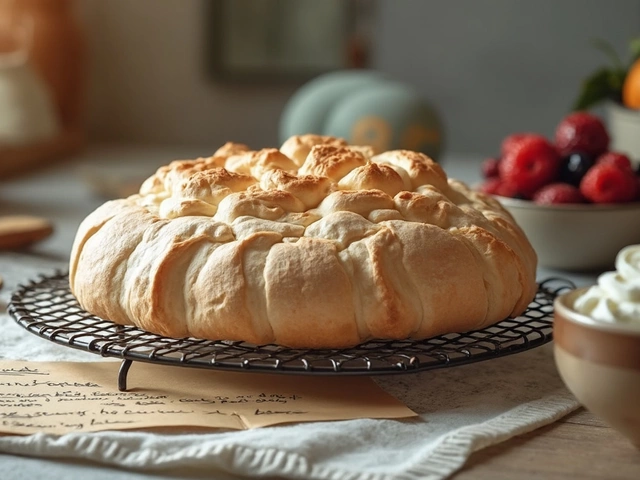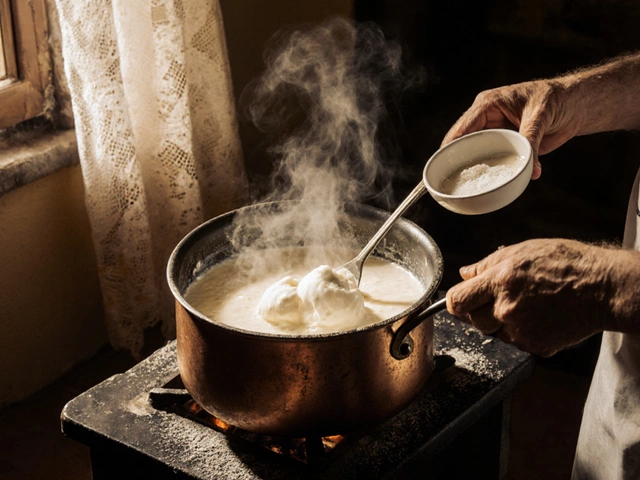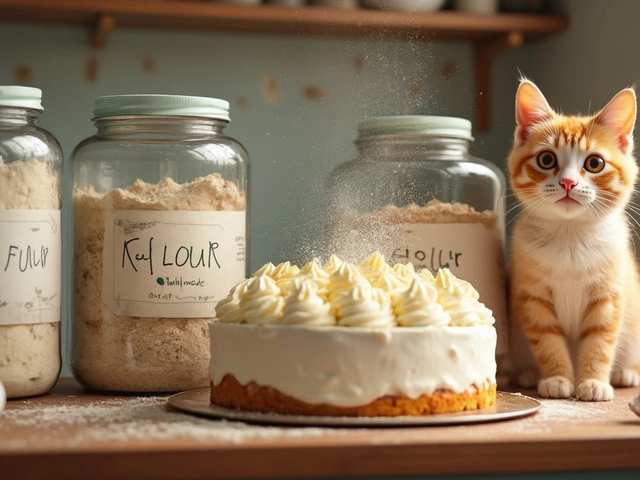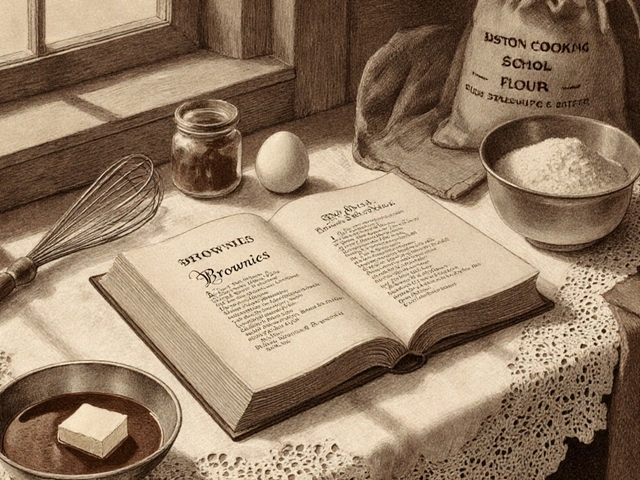Cookie Ingredients: What Every Baker Needs to Know
If you want cookies that melt in your mouth, start with the basics. Knowing what each ingredient does lets you tweak recipes, fix mistakes, and create new flavors without guessing.
Butter, Sugar, and How They Team Up
Butter gives shape, flavor, and that tender crumb you love. Use room‑temperature butter for creamed doughs; it traps air and makes the cookie rise a bit. For a crisper edge, melt the butter or use a mix of butter and shortening. Sugar is the sweetener, but it also controls spread. White sugar melts quickly, leading to thin, crunchy cookies. Brown sugar holds moisture, giving a chewier texture. Want somewhere in between? Try half white, half brown.
Flour, Eggs, and Leavening – The Structure Builders
All‑purpose flour works for most cookies, but the protein level matters. Higher protein (bread flour) makes tougher cookies; lower protein (cake flour) gives a softer bite. If you’re after a delicate texture, swap a quarter of the flour for cake flour. Eggs bind everything together and add moisture. One egg makes a taller, puffy cookie; two eggs give a denser, cake‑like result. Adjust based on the look you want. Leaveners—baking soda and baking powder—control spread and rise. Baking soda needs an acid (like brown sugar or cocoa) to activate; it spreads the cookie. Baking powder adds lift, making the cookie puffier. Use soda for flat, crisp cookies and powder for thick, cake‑like ones.
Salt isn’t just for taste; it balances sweetness and strengthens gluten. A pinch can turn a bland cookie into a flavor pop.
Now, what about add‑ins? Chocolate chips, nuts, dried fruit—these are optional, but they affect texture. Toss them in after the dough comes together to avoid over‑mixing, which can toughen the cookie.
Ingredient swaps are easy when you know the role. Need a dairy‑free version? Replace butter with coconut oil or a plant‑based spread—just remember coconut oil solidifies at cooler temps, so the dough may be firmer. Want less sugar? Cut the amount by a quarter; the cookie will be less spread and a bit drier, so add a little extra butter or an extra egg yolk to keep it moist.
When you’re short on one ingredient, look to the pantry. Granulated sugar can be swapped with an equal amount of brown sugar plus a little extra butter to keep moisture up. If you run out of flour, a blend of oat flour and a bit of all‑purpose works in a pinch, but keep the total weight the same.
Finally, temperature matters. Cold dough spreads less, giving thicker cookies. If you want uniform shape, chill the dough for at least 30 minutes before baking. Warm dough spreads more, perfect for thin, snappy cookies.
Remember, the best way to master cookie ingredients is to experiment. Change one thing at a time, note the result, and keep the versions that work for you. With these basics, you’ll be able to fix a flat batch, boost flavor, or create a brand‑new cookie that fits your taste. Happy baking!
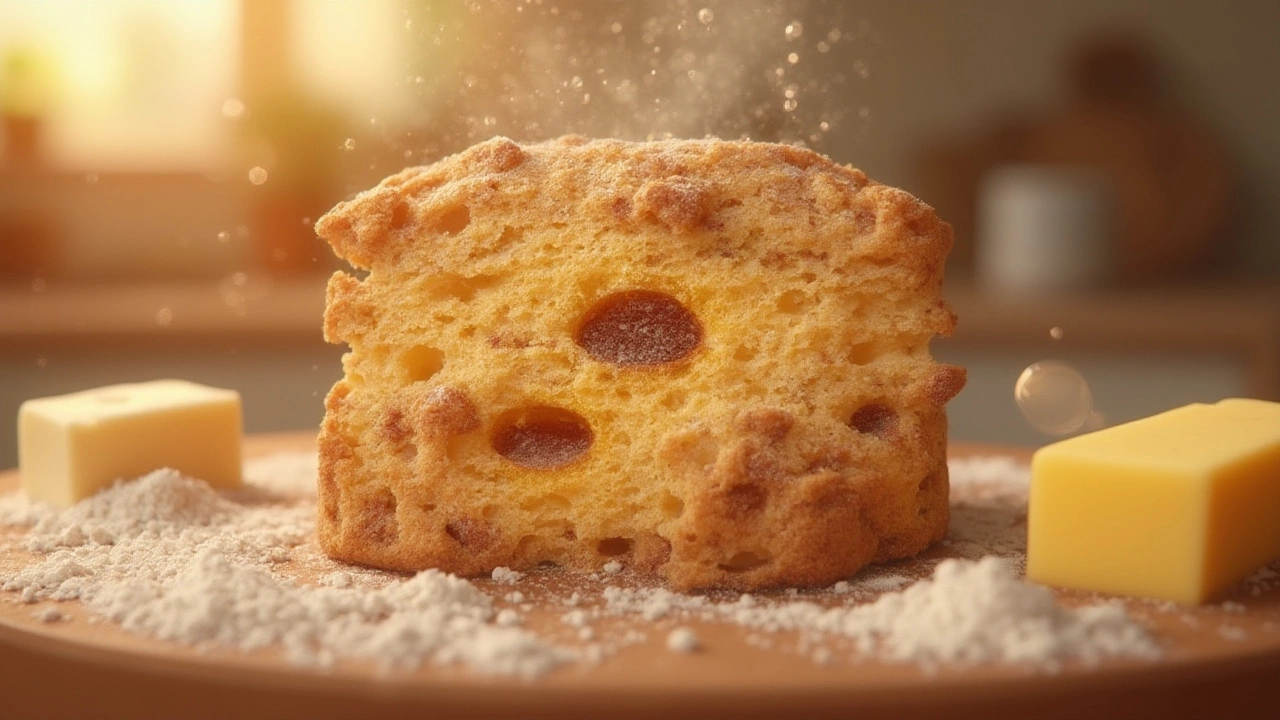
Why Cookies Rise: The Science Behind Puffy, Chewy Goodness
Explore what makes cookies rise, from leavening agents to oven tricks. Learn how ingredients and science work together for irresistible, puffy treats.
View More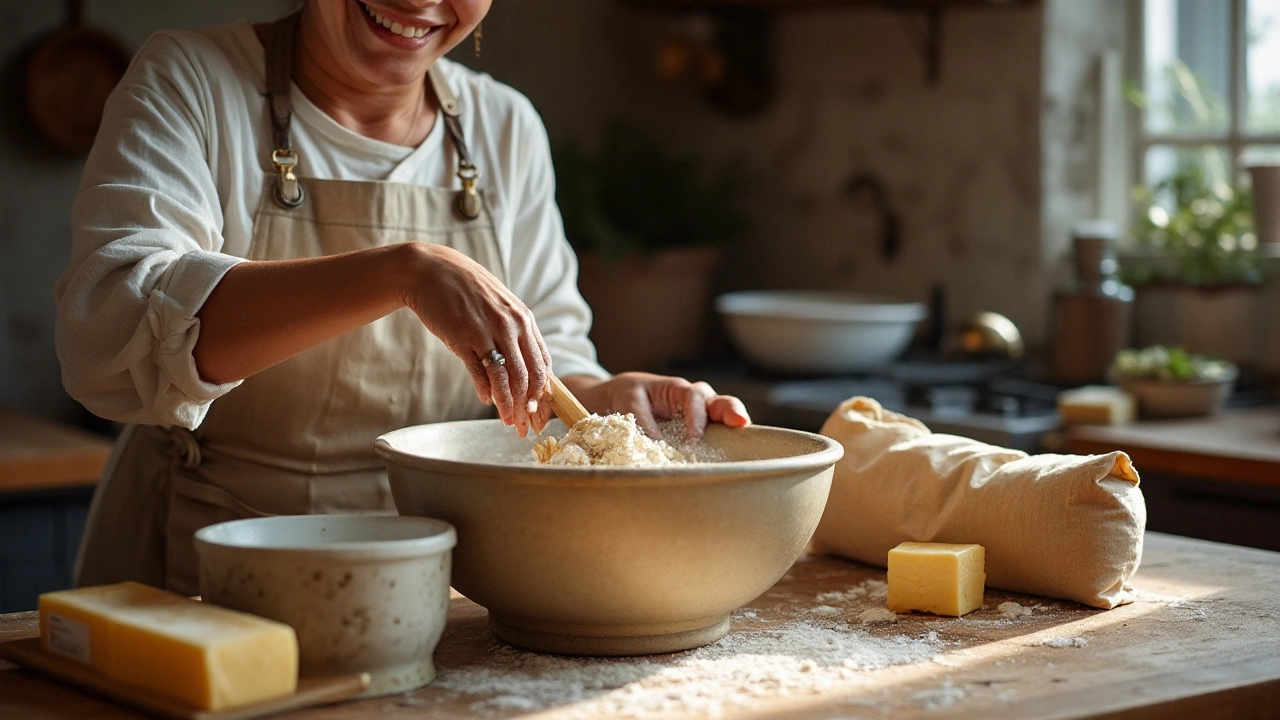
Essential Ingredients for Perfect Homemade Cookies
Creating delicious homemade cookies starts with understanding the three essential ingredients: flour, sugar, and fat. Each ingredient plays a critical role in shaping the flavor, texture, and structure of the cookies. This article explores the significance of these basic components, offers interesting facts about their use, and provides practical tips for achieving the perfect cookie every time. Whether you're an experienced baker or a beginner, embracing these fundamentals allows you to bake with confidence and creativity.
View More

